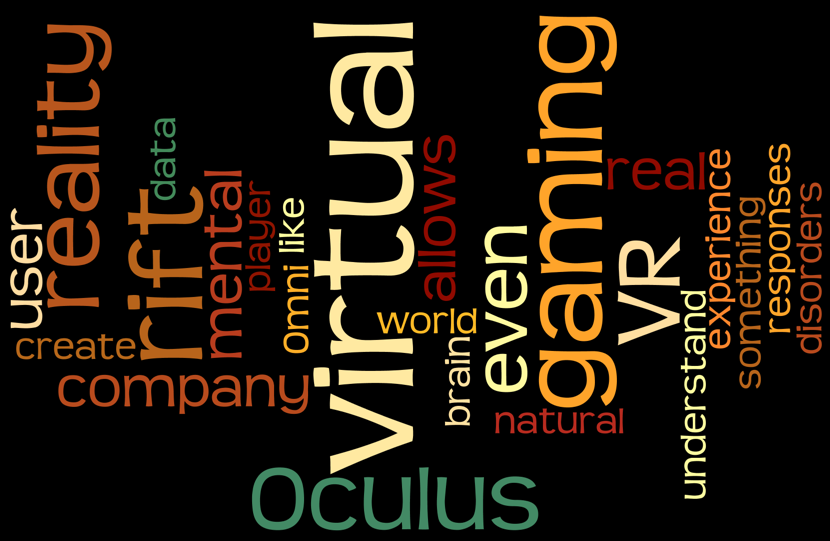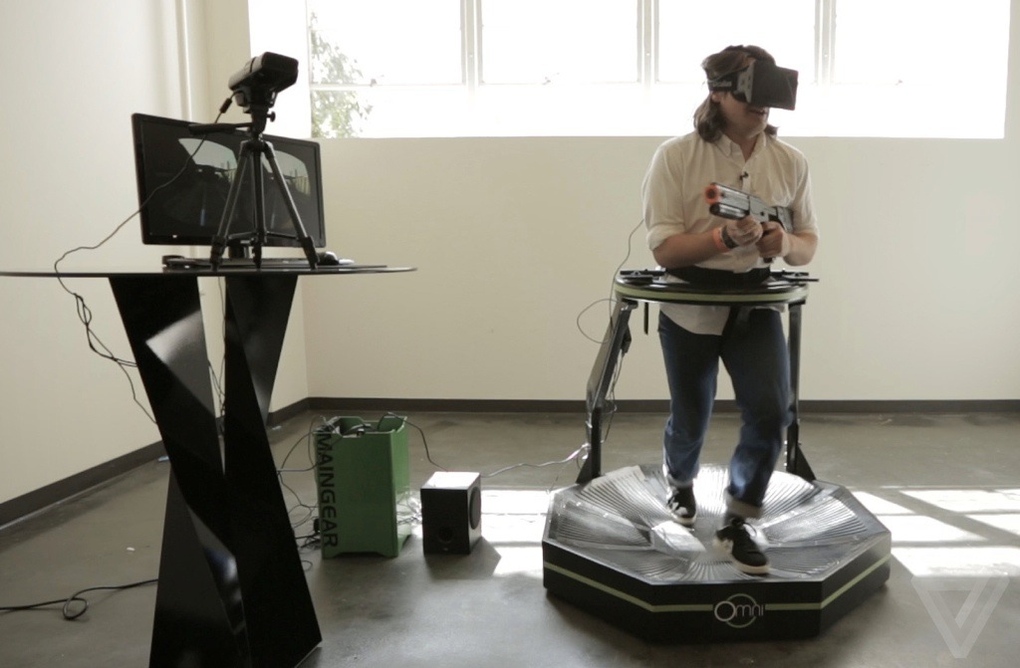myHIN Blog

July 17, 2014
When Gaming Is Too Real
There’s been a recent spike in in virtual gaming; virtual reality (VR) gaming that is. One of company at the forefront for VR gaming is a company named Oculus VR. Oculus VR’s leading product is the Oculus rift, which has the potential of bringing the world of virtual reality gaming to our very own living room. Oculus rift has received so much positive feedback other company’s such as Avegant gyph, Infinite Eye, and even Sony are already refining their R&D departments for this exploding market. Though a very cool concept what is it actually doing to your brain? Will our brain even be able to decipher between real and virtual?
To understand this, we must understand how virtual reality units like Oculus rift succeed. The rift comes with a headset that fills the user’s range of vision. This essentially means using your peripheral sight as well as determining depth and translating that to natural responses. These natural responses can then create data used to interact with the video game. To create a sense of real time motion a gyroscope and accelerometer are built into the headset collecting data. The user also wears a set of headphones which allows the user to hear everything that happens in gameplay.
The real “magic” of the rift is how it creates a sense of presence in our minds. This sensation is made by our brains prior experience of what of something is and sensory detail of what something’s supposed to do. Omni is another application of virtual gaming, but this takes a more physical approach. Omni essentially allows a player to run, walk, and jump while in their virtual reality experience. The device itself is stationary, but a harness and slick low friction grooved surface allows the player to almost move seamlessly through a virtual reality gaming environment.

So what’s the problem? Well, nothing at this point. Some are even looking into how devices such as oculus rift have the potential to treat mental disorders like Post Traumatic Stress Disorder (PTSD). VR bring a whole new world of treating mental health disorders or even improve someone’s mental abilities.
Share
Comments
comments powered by DisqusIn Partnership with: Poole College of Management, College of Humanities and Social Sciences, National Science Foundation, Penn State
Take Action, Get Tested: Find Your Local Testing Center Why Get Tested?

